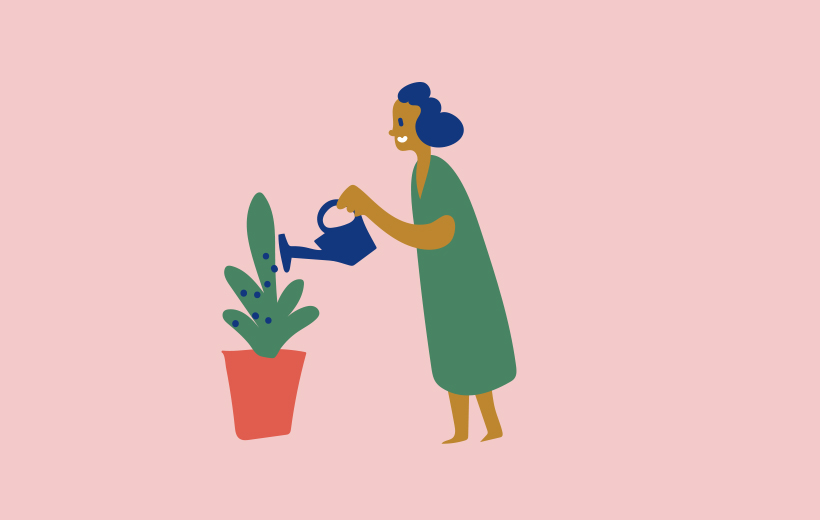How Meditation Changes the Brain
By Tergar Staff • 8 min read
In the Buddhist tradition, the body is seen to have channels (nadi), energy that moves things (prana), and “drops” (bindu). There are prana, bindu, and nadi from head to feet, including in the brain: electrical impulses are prana, neurotransmitters are bindu, and the nerves themselves are nadi — all of which together generate connections that make up thoughts, memories, associations, and all that good stuff.

Until quite late in the game, neuroscientists didn’t think a brain was capable of really changing. If somebody was born unhappy, too bad, they’d probably be unhappy for the rest of their life. If they were an anxious baby, well, they were out of luck too: they could expect to be an incurable worrywart for as long as they lived. If they came into this world with a tendency to get angry, they could expect to be ill-tempered forever after.
More recently, though, neuroscientists have made a few discoveries that completely upended their old view. For one thing, it turns out the brain has neuroplasticity, meaning it can change. For another, contemporary neuroscientists are learning that mental connections are made via neural pathways, like highways (or hyperlinks) in the brain. And ultimately, they found that neurogenesis, or brain development, continues long after birth — in fact, our brains can continue growing in certain ways throughout our lives.
“The more precisely scientists scrutinize mental activity, the more closely they approach the Buddhist understanding of mind as a perpetually evolving event rather than a distinct entity.”
– Mingyur Rinpoche –
But even though it is so simple, we quickly discover that we can’t stay aware of our breathing for very long – after just two or three breaths, we totally forget about our breath and wander off into thoughts, memories, plans, self-evaluation, and so on.
When this happens, it’s okay! It’s totally normal. In fact it’s unavoidable! So what to do? Nothing needs to be done. As soon as we notice that we were distracted – “Oh yeah! I’m supposed to be aware that I’m breathing!” – we have already come back to awareness.
The idea here is not to struggle to see how long we can stay in awareness, but rather to simply return to awareness of breathing again and again – you can remember this with the phrase “short times, many times.” For the duration of our meditation session, we just allow ourselves to come back like this again and again. Just continue: aware, forget, aware, forget, aware, forget.
If you enjoyed reading our articles, please join our mailing list and we’ll send you our news and latest pieces.
Watch this video where Mingyur Rinpoche discusses the connection between modern scientific understandings of the body and the brain and the traditional Buddhist presentations of what is known as the “subtle body.”
Do you want to try meditation, but don’t know how to start? This free course is specially designed for beginners, and takes only a week to complete.

Tergar Meditation Community supports individuals, practice groups, and meditation communities around the world in learning to live with awareness, compassion, and wisdom. Grounded in the Tibetan Buddhist lineage of our guiding teacher, Yongey Mingyur Rinpoche, our online and in-person programs are accessible to people of all cultures and faiths, and support a lifelong path toward the application of these principles in everyday life.

The golden thread that runs through all of the Joy of Living is awareness. Mingyur Rinpoche introduces us directly to awareness by virtue of a practice he calls “open awareness.” To use the traditional analogy of the ocean and the wave, this is an introduction to the ocean — the…

“When it comes to meditation and the true self, knowing yourself is part of connecting to your basic wisdom. And basic wisdom is the true cause of happiness, freedom, and all the good qualities within you. If you connect with basic wisdom, you will become happy and liberated; you’ll develop…

As we know, personal relationships can get stuck in an unhealthy pattern. Someone raises their voice in anger at you, and even though you don’t want to, you react by lashing out with cruel words. Of course, you want to change this reaction. To do this, you need to rely…
If you enjoyed reading our articles, please join our mailing list and we’ll send you our news and latest pieces.
